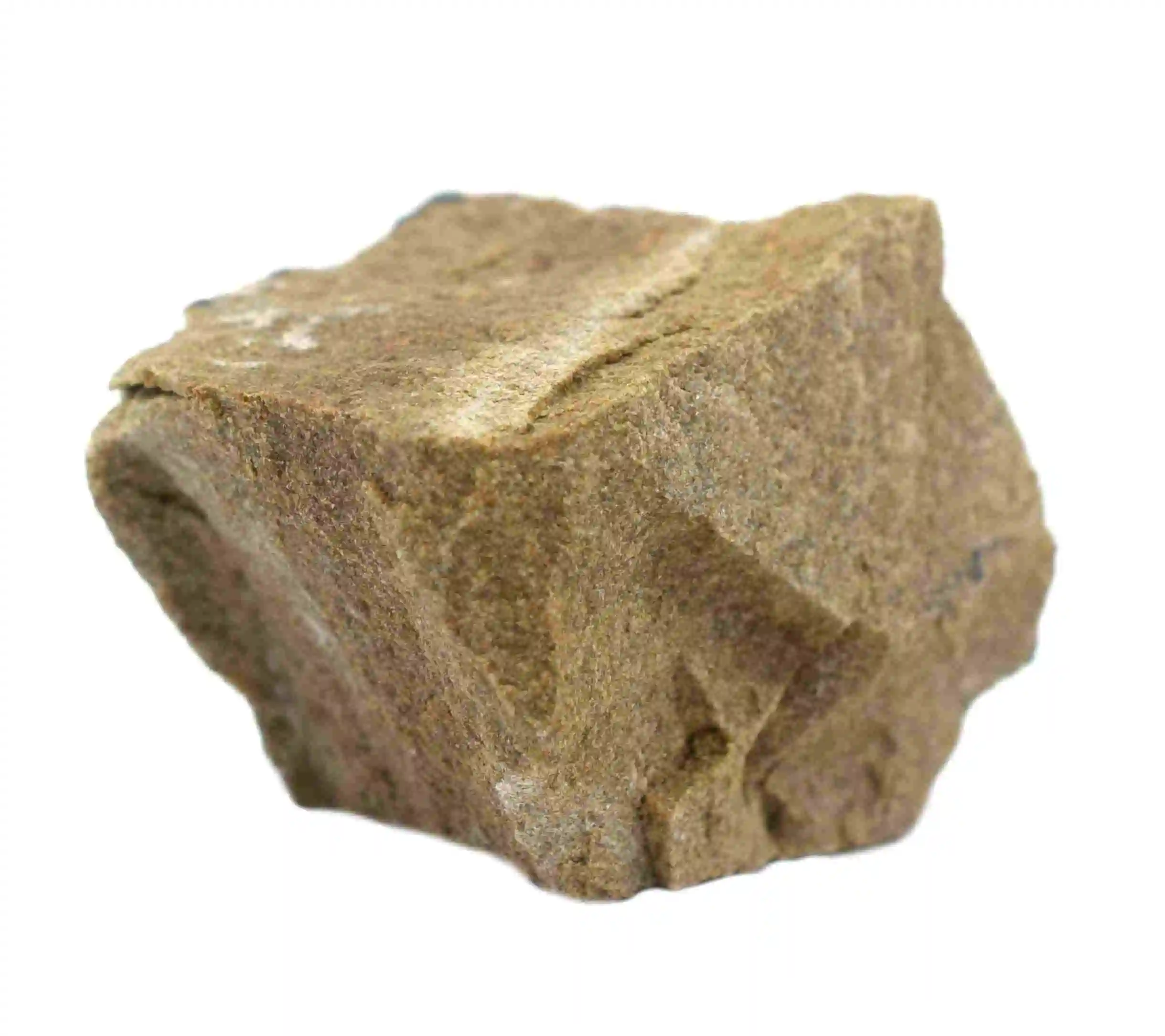Sandstone, known as a type of sedimentary rock, is formed through the accumulation of sand layers interacting with air and water. It can be found in Bilecik, Beypazarı, Kütahya, Göynük, and Bolu in Turkey. Eamples of Sandstone are seen around the world, including at Göbekli Tepe in Turkey, the Great Wall of China, and the Egyptian Pyramids. Its uses are quite etensive.
What Are the Benefits of Sandstone?
Benefits of sandstone include;
- Regulating bowel movements to aid metabolism.
- Enhancing seual power.
- Assisting in the treatment of stomach discomforts by alleviating issues like bloating and gas.
- Reducing the risk of infections and aiding in the treatment of infection-related diseases.
- Helping to regulate blood circulation.
- Lowering blood pressure thus contributing to the treatment of hypertension.
- Supporting bone health.
- Aiding in the reduction of joint pain.
What Is Sandstone Used For?
Those who use sandstone often prefer it for their accessories.
The uses of sandstone can be listed as follows;
- ispelling negative energy while highlighting positive emotions and thoughts.
- Boosting courage and charm.
- Enhancing the power to utilize intuitions and skills.
- Building self-confidence.
- Providing happiness and peace.
- Helping to achieve emotional balance by managing feelings of ecessive ecitement and fragility.
What Is the Meaning of Sandstone?
Known also as Arenite, Sandstone gets its name from being made of sand. It’s also referred to as Sandstone and Star in various sources. The meaning of sandstone can be described as “stone of power.” It has been of interest and used since ancient times.
In the past, kings used sandstone in their thrones. Today, it remains an indispensable part of accessories.
What Are the Properties of Sandstone?
The properties of sandstone can be listed as follows;
- It’s a durable stone of medium hardness.
- The color of sandstone can be pink, gray, blue, orange, brown, and red. Blue sandstone is considered a stone of wisdom.
- Contains calcite, hematite, mica, and silicon dioide.
- It is not made of pure mineral, but of a mineral miture.
- Its formation takes many years.
- Though used in accessories, it is a valuable stone because it is not easy to process.
How Can You Tell If Sandstone Is Real?
To determine if sandstone is real, eamining a broken piece might be necessary. Although natural stones can be used in accessories, they cannot be painted. Therefore, the first step is to determine if the stone has been painted. If it’s not apparent this way, breaking the stone and observing the differences between its interior and eterior can reveal its authenticity. The inner and outer structure of genuine and pure sandstone should be the same. Otherwise, it’s confirmed to be fake. However, despite the use of fake stones in popular jewelries, customers can be misled to believe they are natural through various tricks. Fake sandstone can be hard to differentiate from the real one when painted and patterned. An epert inspection is the most definitive solution.
How is Sandstone Cleaned?
Since sandstone is a medium-hard, durable stone variety, cleaning sandstone does not require ecessive delicacy. It can be cleansed by washing under running water for a few minutes or by soaking in salty water. For bracelets and necklaces made of natural sandstone, a cloth with vinegar or salty water can be used. It’s important to dry the stone immediately after it gets wet. Leaving sandstone under the sun for a day assists in its cleansing. As with many natural stones, the use of chemical substances is detrimental for sandstone cleaning.
